The subject of my independent experiment is how living in densely populated environments affects fly mood, with a focus on anxiety and social interactions. Displaying anxiety in response to stressful environments is a trait that flies share with humans, so remember: if you’re ever feeling anxious, just know you aren’t alone, because a lot of flies are currently feeling that way as well.
What proved harder was figuring out how much space to give the flies, and how much food I needed to make that space. I used a “standard” vial of flies (60 flies in 19 cubic centimeters) to calculate that the flies’ normal density is about 3 flies per cubic centimeter. This is probably one of the strangest units I’ve ever worked with, but I was able to use this average to make vials that gave the flies twice as much space, standard space, half the space, one third of the space, and one quarter of the space. After they’ve spent several days in these vials, I will test their response to the social space and centrophobism assays.
0 Comments
Your comment will be posted after it is approved.
Leave a Reply. |
Archives
April 2024
Categories
All
|

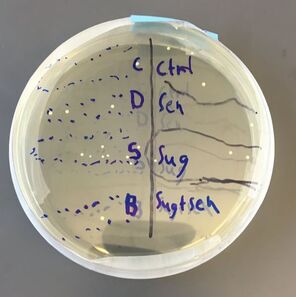
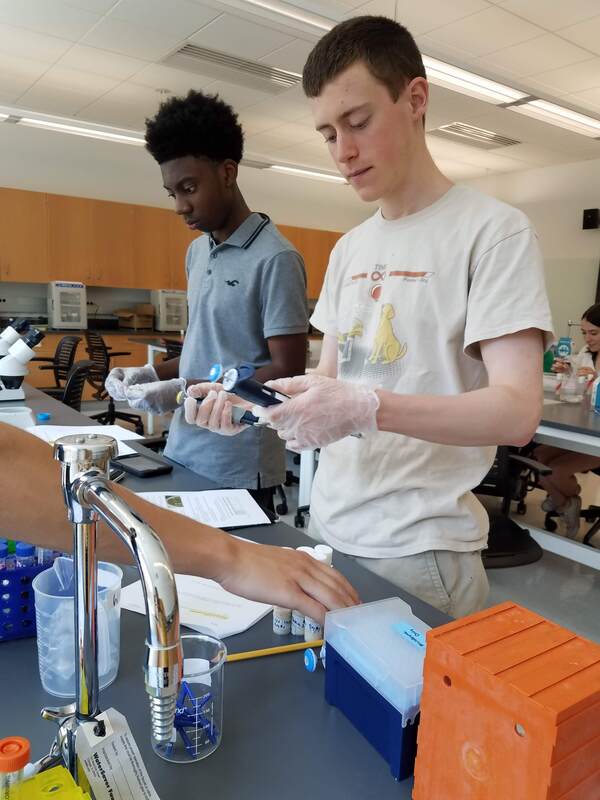
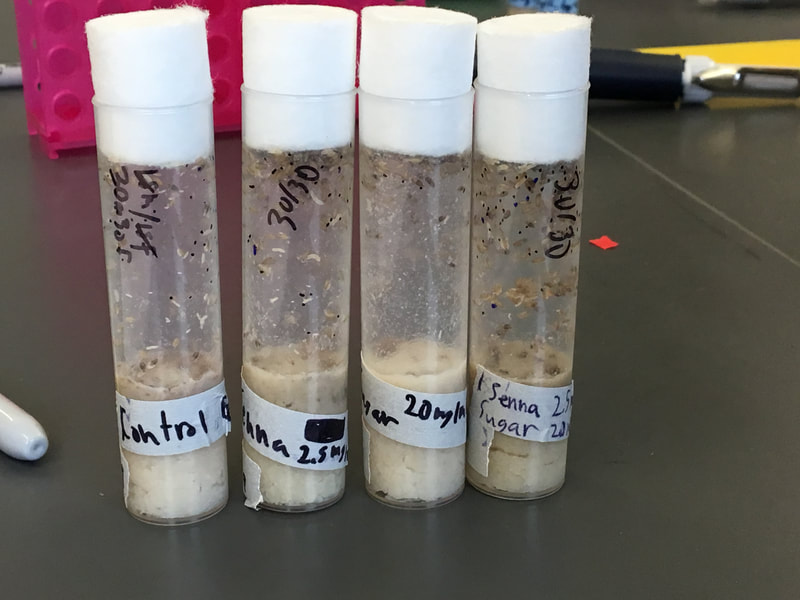
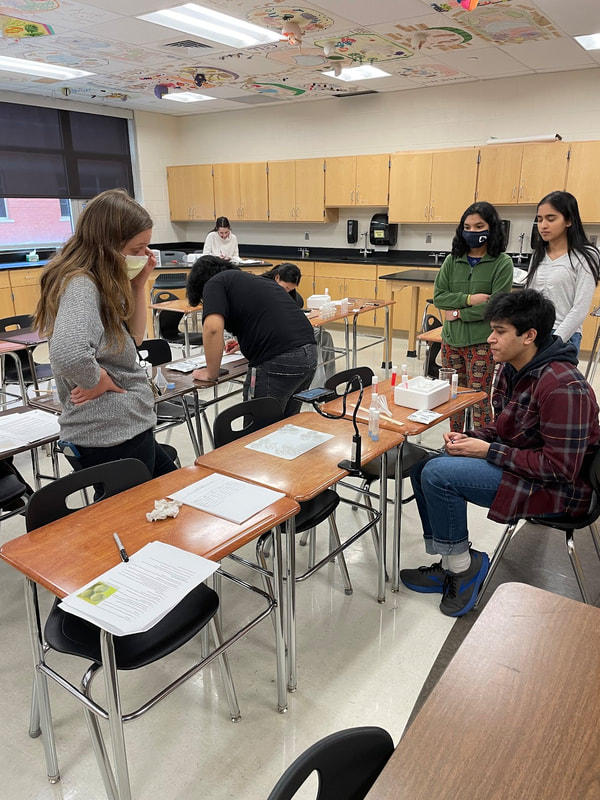
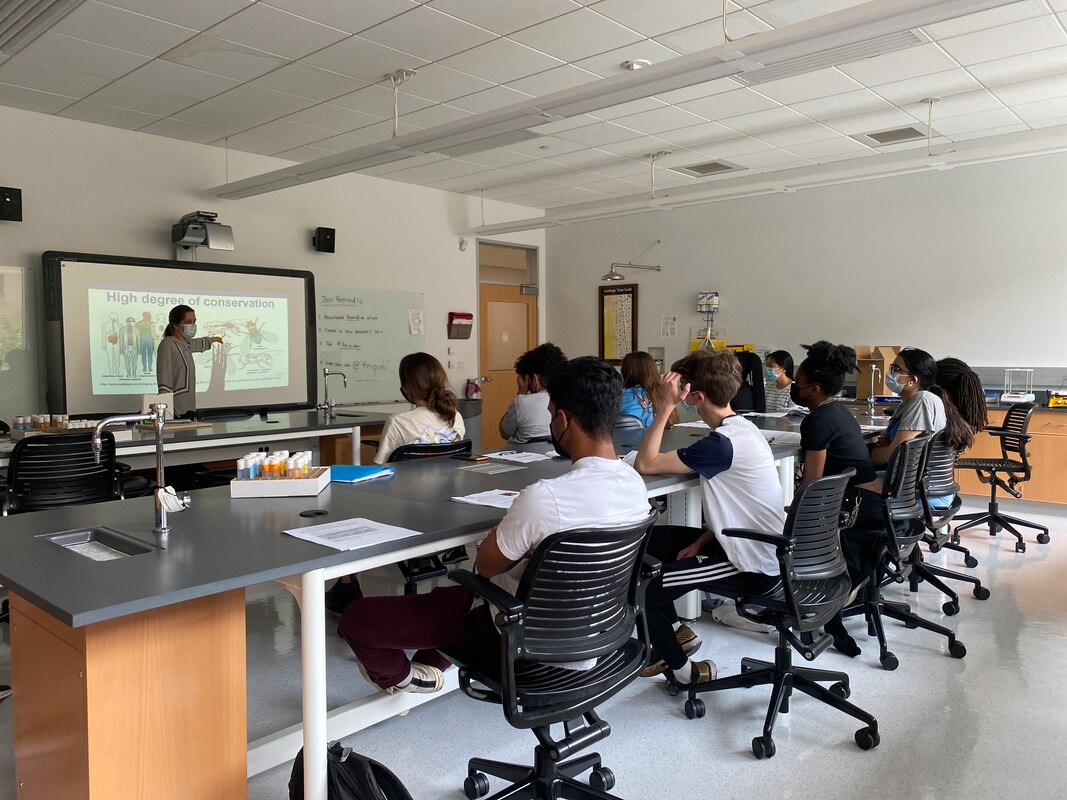
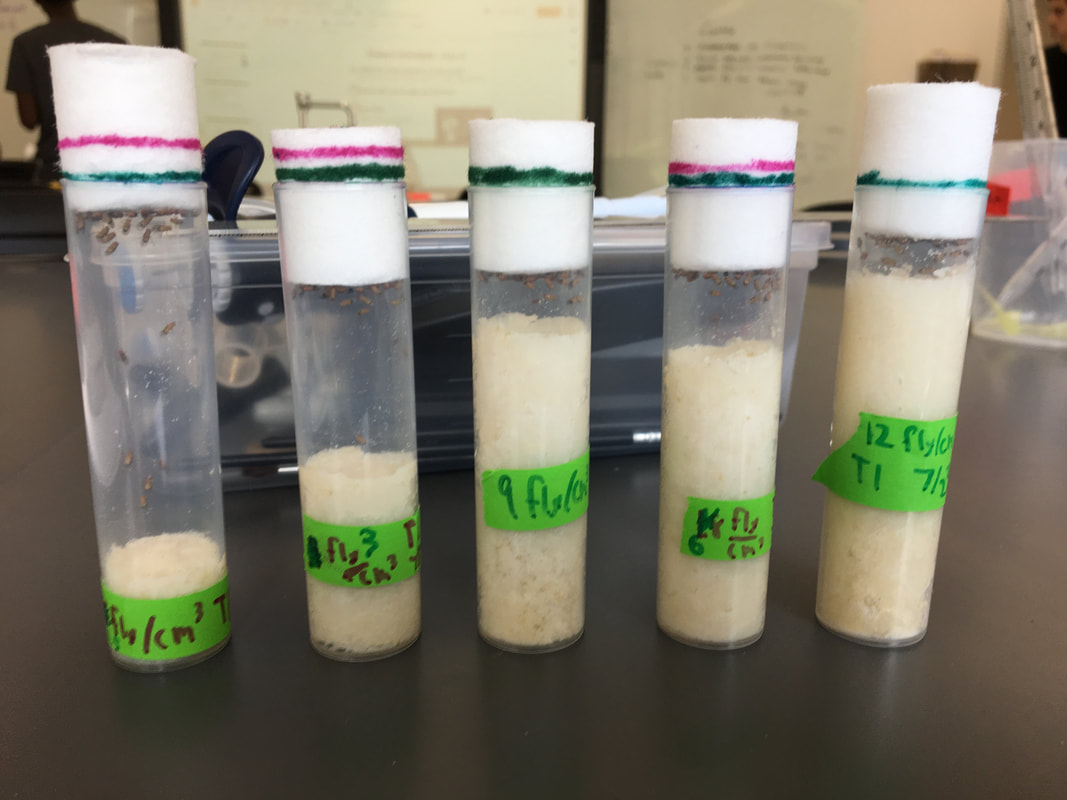
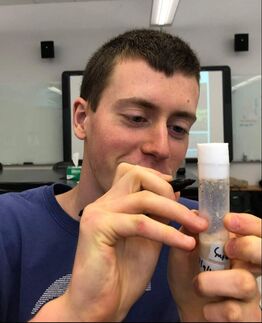
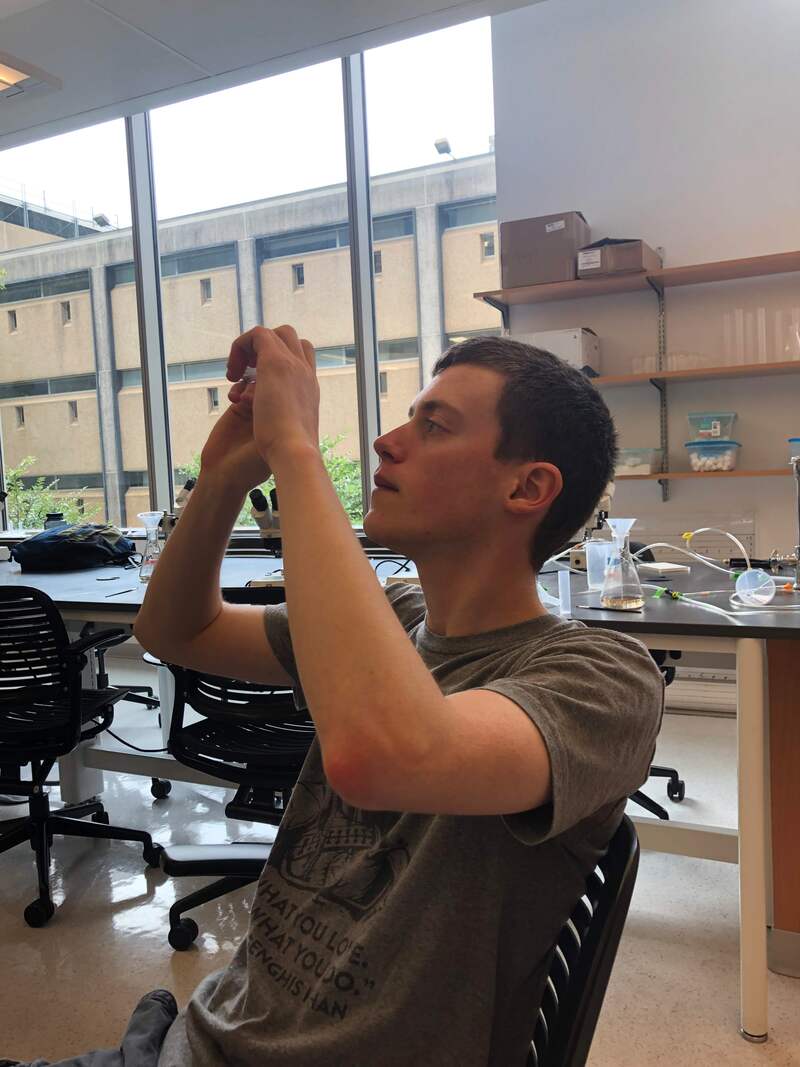
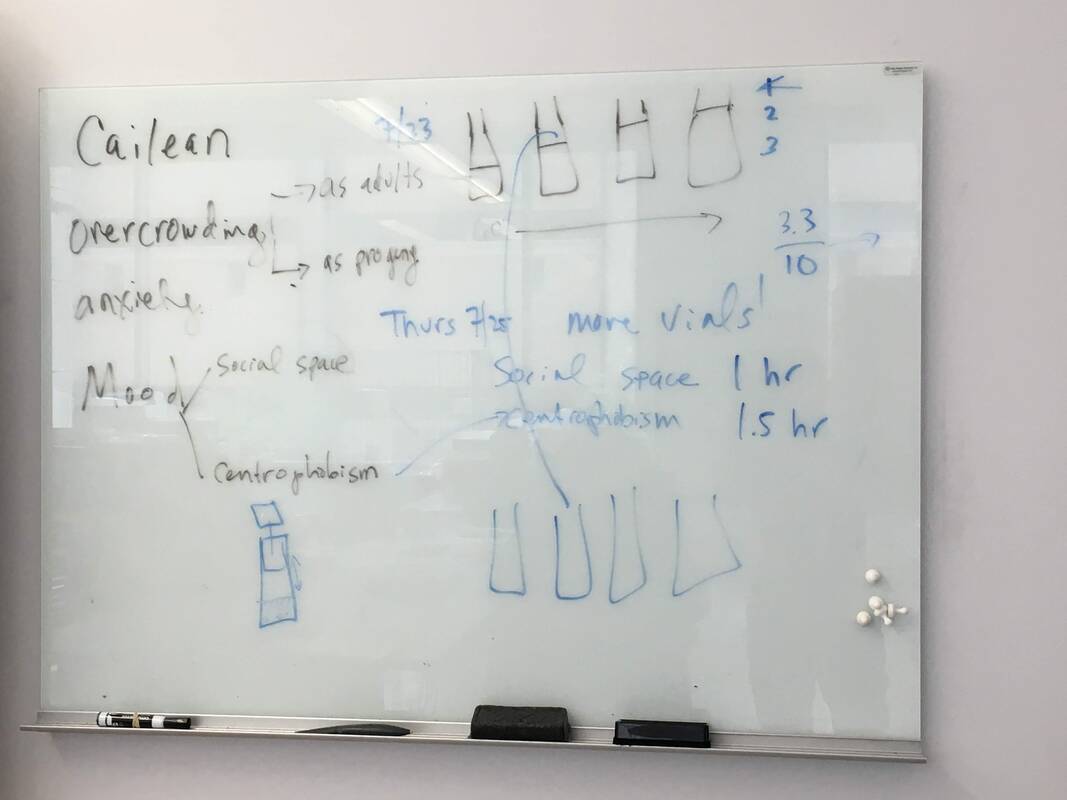
 RSS Feed
RSS Feed